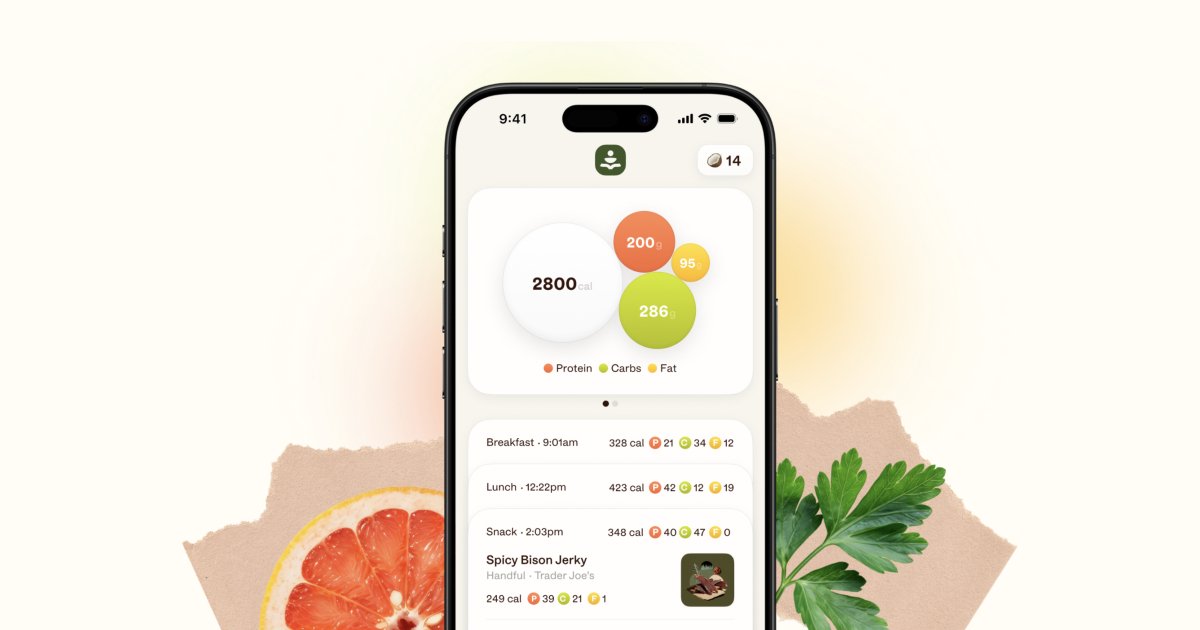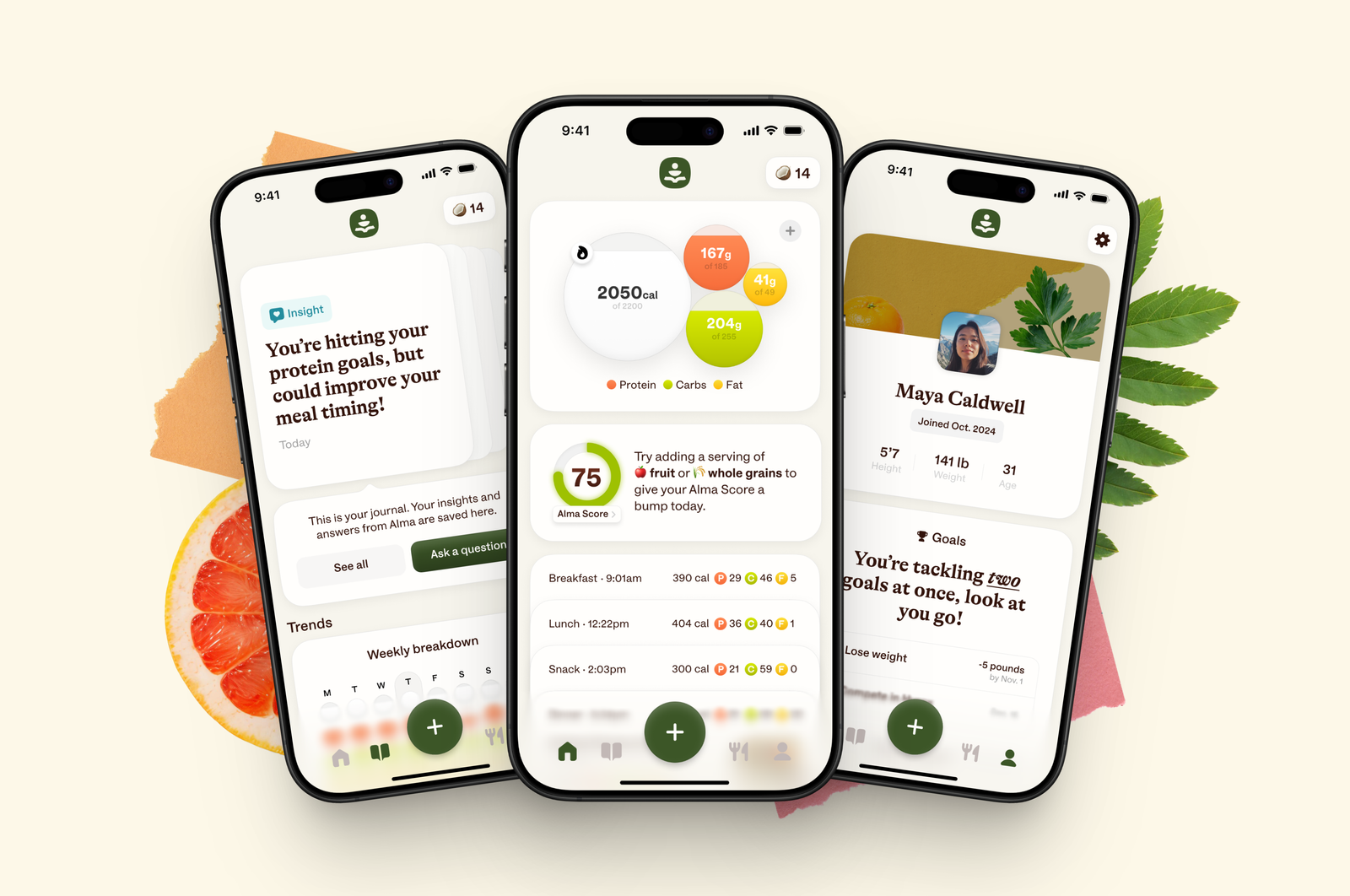Eating healthy is the cornerstone of a wholesome lifestyle, but many people believe that it is an expensive endeavor. However, maintaining a nutritious diet doesn’t have to break the bank. Here’s your ultimate guide to healthy eating on a budget.
Firstly, it’s essential to plan your meals. Meal planning not only helps you maintain a balanced diet but also reduces the likelihood of impulse purchases. By knowing exactly what you need for each meal, you can buy in bulk and save money in the long run.
Start by creating a weekly or monthly meal plan and stick to it as closely as possible. Include all meals and snacks, and ensure that each meal contains protein, carbohydrates, and vegetables for balanced nutrition.
Next, create a grocery list based on your meal plan. Stick to this list when shopping to avoid buying unnecessary items that might end up going to waste. It’s also beneficial to shop seasonally because fruits and vegetables are typically cheaper when they’re in season.
Buying in bulk is another excellent strategy for saving money. Non-perishable items such as rice, pasta, canned goods, and frozen foods are usually cheaper when bought in larger quantities. However, be mindful not to overbuy perishable goods like fresh produce or meat that may spoil before you can consume them.
Cooking at home is another effective way of saving money while ensuring you eat healthily. Pre-packaged meals or dining out can often be more expensive and less healthy than home-cooked meals. By cooking at home, you control what goes into your food and can make healthier choices.
When cooking at home, consider batch cooking or meal prepping where you cook large amounts of food at once then divide it into portions for the week ahead. This saves time during busy weekdays and ensures you have healthy meals ready when hunger strikes.
Cutting down on meat consumption can also help reduce costs significantly while promoting better health outcomes. Consider having one or two vegetarian days per week or substituting meat with cheaper protein sources like beans, lentils, and eggs.
Lastly, don’t forget to utilize leftovers. Instead of throwing them away, repurpose them into new meals. Leftover vegetables can be used in stir-fries or soups, while leftover grains can be turned into salads or side dishes.
In conclusion, healthy eating on a budget is entirely possible with some planning and smart shopping. By following these tips, you can maintain a nutritious diet without straining your wallet. Remember that investing in your health by eating well now can save you healthcare costs in the future. So, start planning your meals, cook at home more often and make the most of your leftovers to enjoy a healthy lifestyle on a budget.









